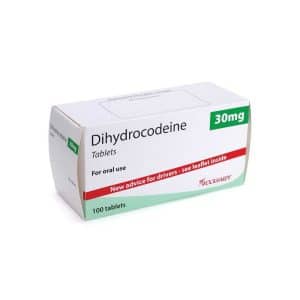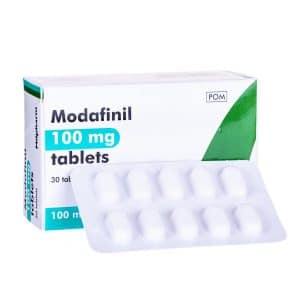Clonazepam 2mg
£29.99 – £69.99
Clonazepam, a type of benzodiazepine is commonly prescribed to treat forms of seizures including atonic seizures, photosensitive epilepsy and absence seizures. Additionally it is often recommended for the treatment of panic disorder and, as a measure, against seizures.
Clonazepam, a benzodiazepine is prescribed for seizure types, like atonic seizures, photosensitive epilepsy and absence seizures. It is also recommended for treating panic disorder by helping to control and prevent seizures. While it can assist with anxiety management, its effectiveness in treating disorder (OCD) is limited even when anxiety and OCD coexist.
The mechanism of action of Clonazepam involves raising the levels of the neurotransmitter GABA (Gamma Aminobutyric Acid) which aids in promoting relaxation by transmitting signals through the system to manage seizures and panic attacks.
When comparing Clonazepam (Klonopin) and Xanax within the benzodiazepine class both drugs function to slow down the system. Clonazepam is specifically used to treat seizure disorders in individuals of all ages while addressing chemical imbalances to alleviate panic attack symptoms. Similarly Xanax is effective, in managing panic attacks by reducing their intensity and occurrence.The primary distinction, between the two medications lies in how they stay active in the body; Xanax has a life ranging from 6 to 25 hours whereas clonazepam remains in the system for a longer duration with a half life spanning from 22 to 54 hours.
What advantages are associated with taking clonazepam?
Clonazepam can help alleviate feelings of unease, stress, discomfort and anxiousness leading to a sense of tranquility. This can enhance interactions and job performance. When used correctly it can contribute to feelings of contentment and relaxation.
How should one go about taking clonazepam?
The dosage of clonazepam varies depending on the diagnosis, age and response to treatment. Typically treatment commences with the dose to evaluate and minimize potential side effects. It is crucial not to exceed the duration of medication intake to prevent reliance and tolerance.
For preventing seizures the standard dose is 1.5 split into three doses; adjustments may be made by increments of 0.5 mg to 1 mg every three days until seizures are managed but should not exceed 20 mg per day.
For panic disorders the typical dose is 0.25 mg twice daily with a maintenance dosage of 1 mg, per day; this should not surpass 4 daily.
Individual tolerance levels may influence dosages required for effectiveness.
Remember to watch out for side effects, such, as respiratory tract infection ataxia feeling down and dizziness.
| Quantity | 30 Tablets, 60 Tablets, 90 Tablets |
|---|





